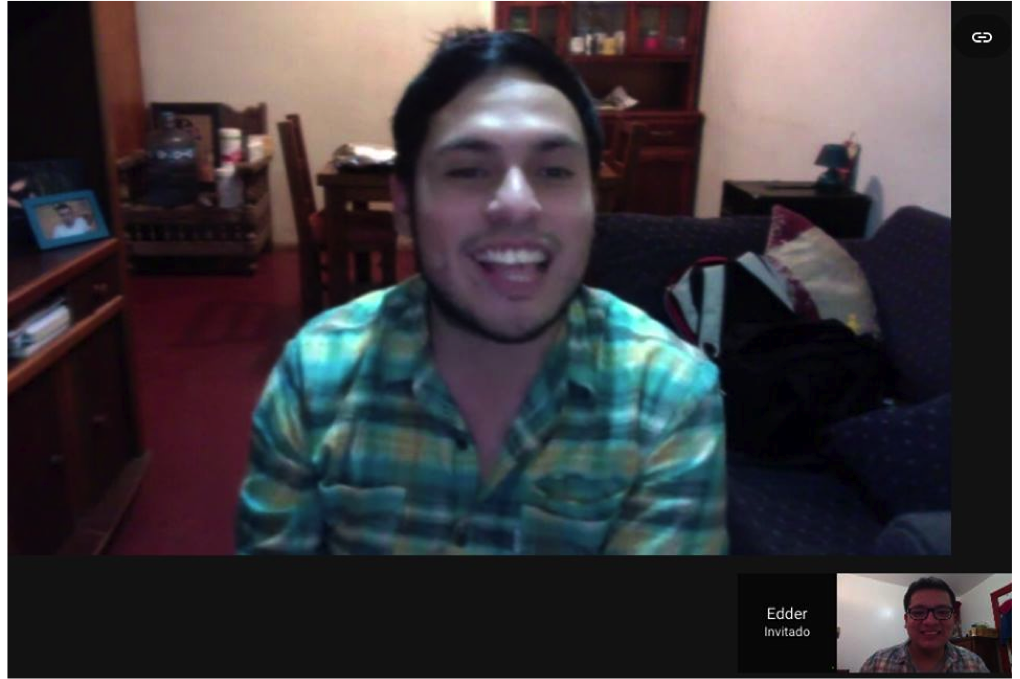Over the Wall/Saltar el muro:
Compromiso público y academia/Public Engagement & Academia
In current debates, the idea of a wall becomes a point of discussion from which to explore the relationship between public engagement and academia. Are the walls that separate intellectual, linguistic, artistic, social, and political practices insurmountable? What other metaphors of the wall speak to us? How do we imagine these metaphors and what forms do they take? Who constructs them and who challenges them? When are they useful and when are they not? How do we cross them?
This conference proposes to jump over, perforate, cross, and tear down walls. It invites us to transgress academic hermeticism in order to overcome isolation and promote reflection on intellectual work, its social dimension and its relationship with the public. Through original investigations, we hope to discuss limits and their forms, whether they be self-imposed or constructed, and strategies to overcome these limits.
In order to approach these issues, we seek to reflect on the following themes, without limiting ourselves to them:
- Language of the wall and walls of language
- Points of departure for outlining walls
- Public engagement or “just another brick in the wall”
- Glotopolitics and other sociolinguistic challenges
- Contemporary language mapping
- Multilinguism and the preservation of languages
- Translation, demolitions and acculturations
- Identity, immigration and culture
- lntertextuality/intermediality/interdisciplinarity
- Walls and coloniality
- Gender/Género/Genre walls
- Bodies and walls
- Jumping over walls in performing practices
- Social networks: the virtual wall
- Walls and urban practices
The doctoral students of the PhD Program in Hispanic and Luso-Brazilian Literatures and Languages at The Graduate Center of The City University of New York invite you to submit abstracts (250 words) to [email protected] before 01/15/2017. In the body of the email, please include your name, contact information, academic affiliation and any needed audiovisual equipment. Your presentations are limited to a maximum of 20 minutes and can be presented in Spanish, English or Portuguese.
Link:



